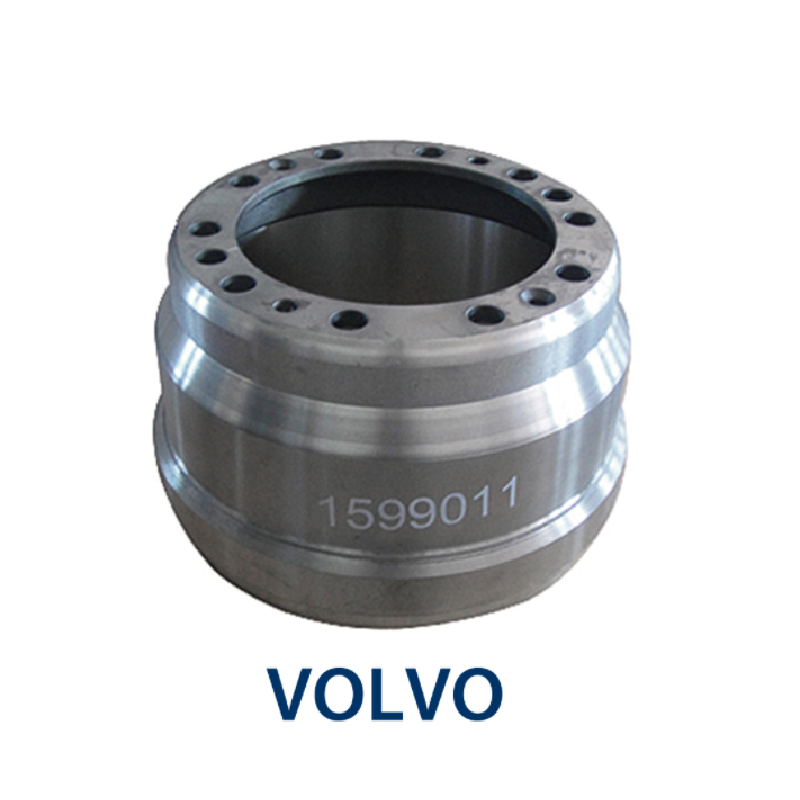Aug . 07, 2024 18:20 Back to list
Cost Analysis of Brake Drum Replacement and Maintenance for Vehicles
Understanding Brake Drum Costs Factors Influencing Prices and Maintenance
Brake drums are essential components of a vehicle’s braking system, primarily found in older vehicles and certain heavy-duty applications. The brake drum serves two vital functions it houses the braking mechanism and provides a surface for the brake shoes to press against, effectively slowing down or stopping the vehicle. As with any automotive part, the cost of brake drums can vary significantly based on several factors, which are crucial for vehicle owners to understand when budgeting for maintenance or repairs.
1. Material and Manufacturing Quality
The materials used in the manufacture of brake drums play a significant role in their cost. Most brake drums are made from cast iron due to its durability and heat resistance. However, high-performance or lightweight alternatives, such as alloy drums, can be more expensive, offering benefits such as reduced weight and improved heat dissipation. The manufacturing process also impacts cost; drums produced with advanced technology or higher quality control standards typically come at a premium.
2. Vehicle Make and Model
The cost of brake drums can vary considerably depending on the make and model of the vehicle. Standard vehicles often have readily available aftermarket parts, which can keep costs lower. Conversely, specialized vehicles, rare models, or luxury brands may require specific drum designs that are more expensive due to lower production volume. It’s essential for vehicle owners to research the specific brake drum needed for their vehicle to ensure accurate budgeting.
3. Aftermarket vs. OEM Parts
brake drum cost

Another critical factor influencing brake drum costs is whether the parts are original equipment manufacturer (OEM) or aftermarket. OEM parts are produced by the vehicle manufacturer and are often more expensive due to their guaranteed compatibility and quality assurance. On the other hand, aftermarket parts can be less costly, providing several options at different price points. However, the quality and compatibility of aftermarket parts can vary, necessitating diligent research for vehicle owners to ensure they are purchasing a reliable product.
4. Installation Costs
Aside from the actual cost of the brake drums, installation can add significantly to the overall expense. Labor costs vary depending on geographical location and shop rates, with some automotive shops charging significantly more than others. It’s always advisable for vehicle owners to get multiple quotes for both parts and labor to find the most cost-effective solution. Skilled mechanics may also suggest additional services, such as resurfacing existing drums or replacing related components (e.g., brake shoes), which can further influence total costs.
5. Maintaining Brake Drums
Investing in regular maintenance and timely replacement of brake drums can save vehicle owners money in the long run. Proper care includes regular inspections, ensuring the braking system is free from debris, and addressing any signs of wear and tear promptly. Neglecting these components can lead to more severe damage and the need for more expensive repairs, such as replacing the entire braking system.
Conclusion
In summary, the cost of brake drums depends on various factors, including material quality, vehicle make and model, and whether one chooses OEM or aftermarket parts. Vehicle owners should also factor in installation costs while considering maintenance techniques that can prolong the life of brake drums. By understanding these elements, drivers can make informed decisions, ensuring their vehicles remain safe and efficient on the road while managing expenses effectively. Regular attention to the braking system not only enhances safety but also optimizes performance, making it an essential aspect of vehicle ownership.
-
Scania Brake Drums: OEM Quality for Optimal Safety & Durability
NewsAug.16,2025
-
R.V.I: Advanced Remote Visual Inspection for Precision
NewsAug.15,2025
-
Discover HYUNDA: Innovative Vehicles, Equipment & Solutions
NewsAug.14,2025
-
R.V.I: Unlock Advanced Insights & Real-time Performance
NewsAug.13,2025
-
Kamaz Brake Drum: Durable & Reliable for Heavy Duty Trucks
NewsAug.12,2025
-
Heavy Duty Iveco Brake Drum - Premium Quality & Safety
NewsAug.11,2025
